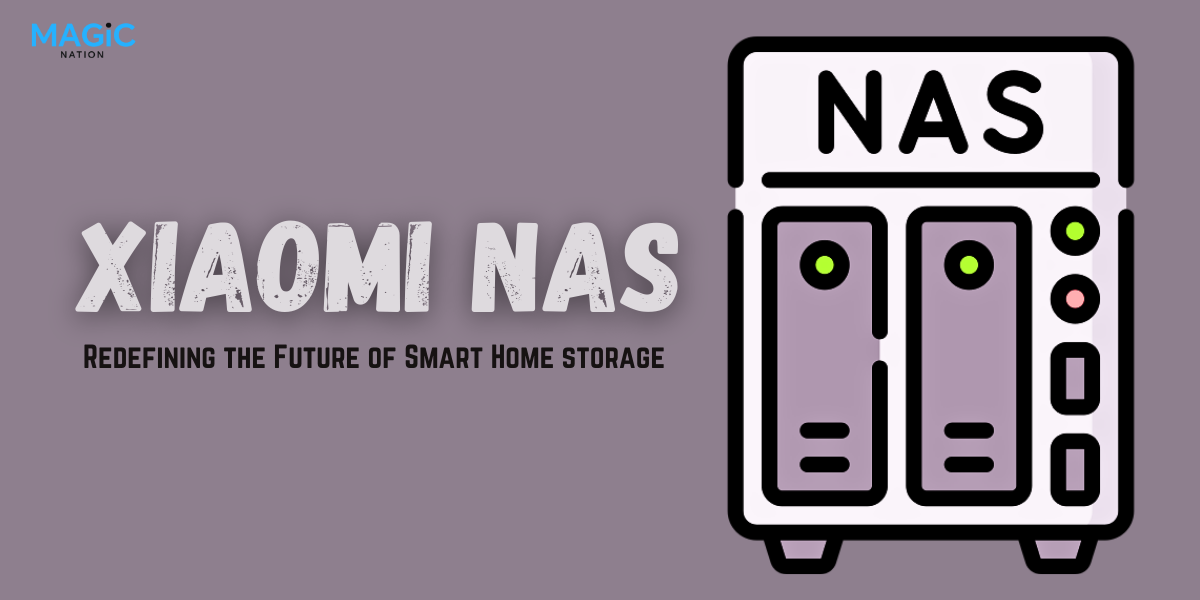Humayun's Tomb is a breathtaking architectural masterpiece located in Delhi, India. Here's a detailed thread on its history, architecture, and significance:Humayun's tomb (Persian: Maqbara-i Humayun) is the tomb of Mughal emperor, Mirza Nasir al-Din Muhammad commonly known as Humayun situated in Delhi, India. The tomb was commissioned by Humayun's first wife and chief consort, Empress Bega Begum under her patronage in 1558, and designed by Mirak Mirza Ghiyas and his son, Sayyid Muhammad,Persian architects chosen by her. It was the first garden-tomb on the Indian subcontinent, and is located in Nizamuddin East, Delhi, close to the Dina-panah Citadel, also known as Purana Qila (Old Fort), that Humayun found in 1538. It was also the first structure to use red sandstone at such a scale.The tomb was declared a UNESCO World Heritage Site in 1993,and since then has undergone extensive restoration work, which is complete. Besides the main tomb enclosure of Humayun, several smaller monuments dot the pathway leading up to it, from the main entrance in the West, including one that even pre-dates the main tomb itself, by twenty years; it is the tomb complex of Isa Khan Niazi, an Afghan noble in Sher Shah Suri's court of the Suri dynasty, who fought against the Mughals, constructed in 1547 CE.
1. Historical Context
Built in the mid-16th century The tomb of Humayun, second Mughal Emperor of India, was built by his widow, Biga Begum (Hajji Begum), in 1569-70, 14 years after his death, at a cost of 1.5 million rupees. The architect was Mirak Mirza Ghiyath. It was later used for the burial of various members of the ruling family and contains some 150 graves. It has aptly been described as the necropolis of the Mughal dynasty.
2. Architectural Style
The tomb is considered a precursor to the Taj Mahal and is an excellent example of Mughal architecture. It was designed by the Persian architect Mirak Mirza Ghiyas, who was chosen by Empress Bega Begum. The design incorporates Persian and Indian architectural elements, showcasing a harmonious blend of the two cultures.
3.Layout and Features
The tomb is set within a Charbagh (four-quartered) garden, typical of Persian gardens, divided into four main squares by pathways and water channels. The mausoleum stands at the center of the garden, on a raised platform, and is surrounded by a symmetrical square garden.
4. Structure
The main structure of the tomb is built of red sandstone, with white marble detailing, including intricate inlay work and geometric patterns. The double dome of the mausoleum is a prominent feature, rising to a height of over 42 meters (138 feet). The building is adorned with delicate marble lattice screens known as "jalis," which allow light to filter into the interior.
5. Interior
The interior of the mausoleum is equally impressive, with a central octagonal chamber containing the cenotaph of Humayun. The actual tomb lies in a crypt below the cenotaph. The interior walls are adorned with intricate carvings, calligraphy, and colorful tile work.
6. Influence
Humayun's Tomb served as a model for subsequent Mughal architecture, influencing the design of later mausoleums, including the Taj Mahal. Its symmetrical layout, use of red sandstone and white marble, and integration with garden elements became hallmarks of Mughal architectural style.
7. Restoration and Preservation:
Over the years, the tomb underwent various periods of neglect and deterioration. However, extensive restoration efforts have been undertaken to preserve its beauty and historical significance. In 1993, it was declared a UNESCO World Heritage Site.
8.Cultural Significance
Humayun's Tomb stands as a symbol of Mughal grandeur and architectural innovation. It holds immense cultural and historical significance, attracting visitors from around the world who marvel at its beauty and craftsmanship.
9.Visitor Experience
Today,visitors can explore the tomb complex, wander through the lush gardens, and admire the intricate details of the architecture. The site offers a glimpse into India's rich cultural heritage and serves as a reminder of the Mughal Empire's legacy.
10. Legacy
: Humayun's Tomb continues to inspire architects, historians, and visitors alike, serving as a testament to the enduring legacy of the Mughal dynasty and its contributions to art and architecture in India.
HERE ARE SOME PHOTOS ARE TAKEN BY ME WHO DEFINE THE ARCHITECTURAL STYLE AND BEAUTY OF HUMAYUN'S TOMB
.









 I HOPE YOU LIKE THIS THREAD
I HOPE YOU LIKE THIS THREADPRAKASH TIWARI SIGNING OFF.......















